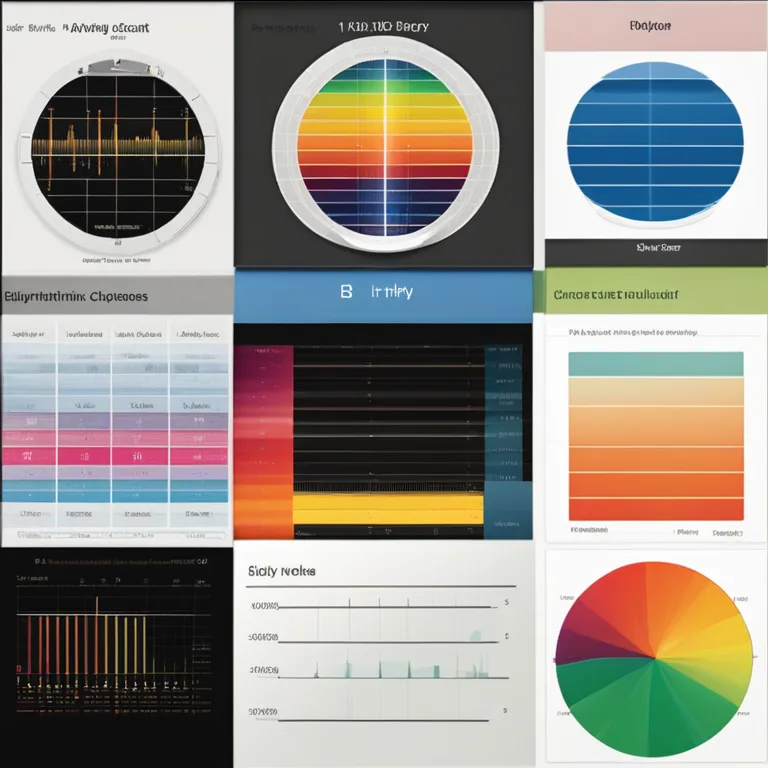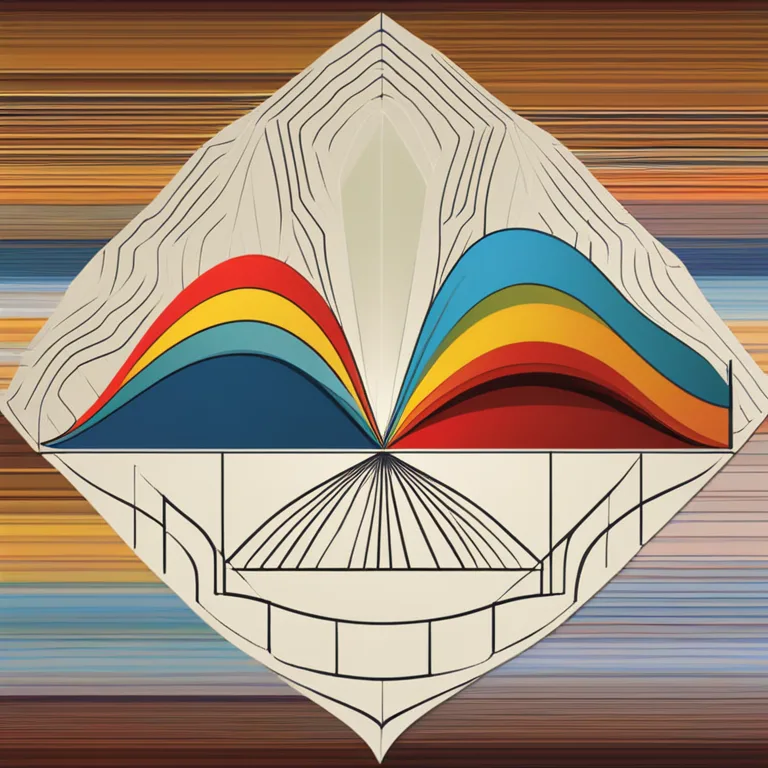
The Essence of Biorhythm Theory
Discover the fundamentals of biorhythm theory and its application in daily life for well-being and self-awareness.
article by Adrian Wallace
Introduction to Biorhythm Theory
Biorhythm theory is a fascinating concept that suggests our daily lives are influenced by innate biological cycles. The origins of this theory date back to the 19th century, with the first formalized ideas emerging in the early 20th century. Proponents believe that understanding these cycles can lead to enhanced well-being and foresight into one's physical, emotional, and intellectual capabilities. As we delve into the intricacies of these biological rhythms, we uncover a unique perspective on human nature and the potential for personal growth and planning.

The Three Fundamental Cycles
Central to biorhythm theory are three primary cycles that purportedly govern our lives: the physical, emotional, and intellectual cycles. Each of these cycles has a specific length: the physical cycle is 23 days, the emotional cycle 28 days, and the intellectual cycle 33 days. These cycles begin at birth and continue in a sine wave pattern throughout life. By mapping out these rhythms, individuals can anticipate their highs and lows in each area, thereby potentially improving decision-making and performance.

Interpreting the Biorhythmic Chart
Creating a biorhythmic chart involves plotting the sine waves of these cycles over a calendar. Days when the cycles cross the zero line are considered critical, as they may indicate transition periods of instability or change. Days when the cycles are in a positive phase may suggest times of strength and opportunity, while negative phases could indicate potential challenges. The intersection of these cycles is also deemed significant, suggesting times of heightened sensitivity or profound insight.

Scientific Scrutiny and Modern Relevance
The scientific community has debated the validity of biorhythm theory for decades. While empirical evidence remains elusive, the theory maintains a cultural following, particularly among enthusiasts of holistic and alternative well-being practices. In the digital age, sophisticated software and apps can instantly calculate personal biorhythms, making the theory more accessible than ever. User interest in such self-analysis tools continues to grow, reflecting a sustained curiosity in the interplay between our biology and daily experiences.

Practical Applications
Adherents of biorhythm theory often use their charts to inform life decisions, from career moves to personal relationships. This can include choosing auspicious dates for important events, managing workloads, or navigating emotional interactions. While not a science-backed predictive tool, many individuals use biorhythms as a way to foster self-awareness and introspection, similar to other self-help and personal development strategies.
A Holistic Viewpoint
Biorhythm theory can be seen as one component of a broader holistic approach to health and life planning. It acknowledges the interconnectedness of mind, body, and emotions, advocating for a harmonized life. Regardless of objective veracity, the theory provides a structure for individuals to contemplate their personal cycles and rhythms, encouraging mindfulness and self-attunement.
Published: 12/28/2023
Modified: 12/28/2023
More predictions
Come back here soon to learn more about yourself and your future


Exploring Human Biorhythmic Cycles
Explore the fascinating concept of biorhythms and their influence on physical, emotional, and intellectual faculties in humans.


Biorhythm Wheel: Unlocking The Secrets
Explore the intriguing world of the biorhythm wheel to understand your physical, emotional, and intellectual cycles for enhanced well-being.


Biorhythm Theory: Fact Or Fallacy?
Explore the fascinating concept of biorhythms to discern if there's any scientific accuracy behind this popular belief.